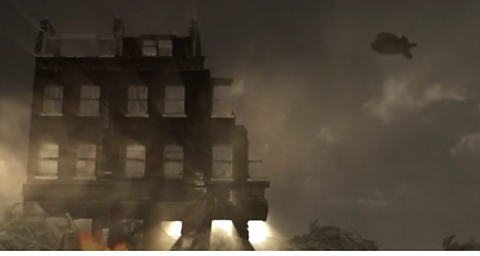Animation scripted by Dr Jonathan Bardon
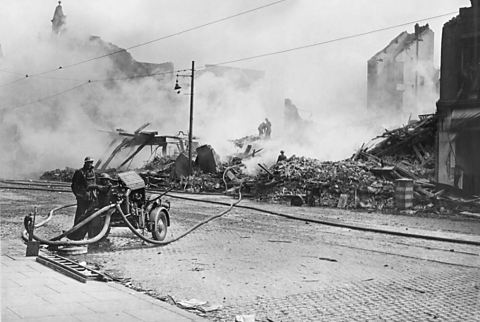
Tremendous devastation
At dawn on 16 April 1941, a thick yellow pall covered Belfast. Few people would have slept that night, but in the emerging light of day it was becoming clear that the city had paid a terrible price. Very few military targets had been hit in this raid, which was much larger than the one that had preceded it. But that was of little consolation to a terrified civilian population who had seen their homes devastated and their loved ones killed.
Men desperately tore at the smouldering rubble in an attempt to bring the trapped, dead and injured to the surface as the full scale of what had happened the night before became apparent. The rescue efforts were hampered as communication lines were down, and many of the main roads were impassable due to rubble.

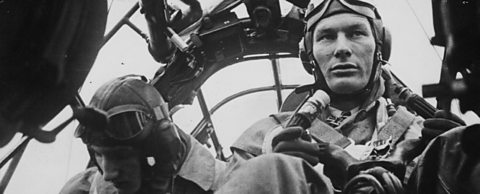
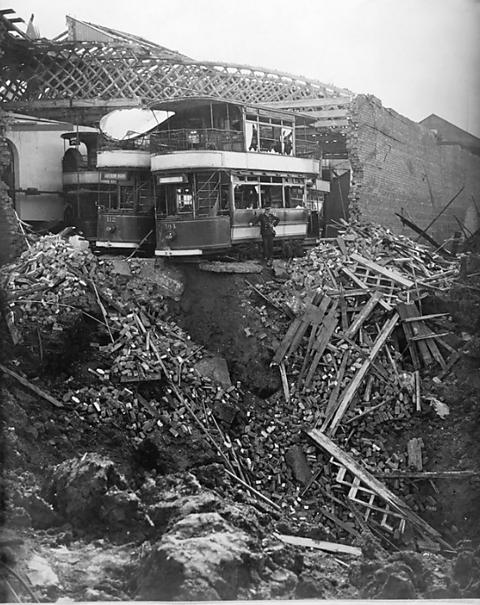
Danger everywhere
The air raid shelter at Percy Sreet had taken a direct hit, killing 60 people inside who had fled there for safety. Nearby St Malachyтs College had been struck, young priests studying there rescued the terrified pupils from the boarding rooms. Tragically, York Street Mill was bombed and the large building collapsed onto adjoining houses, killing 35 people. Patients at the tuberculosis hospital at Clifton Street were also killed in the raids.
Army lorries on the Crumlin Road were piled high with corpses and mangled limbs. St George's Market and the Falls Road Baths became makeshift morgues. They even had to empty the swimming pool to make room for the bodies. One attendant described seeing the bodies of a young mother with her two children тone in each armт.

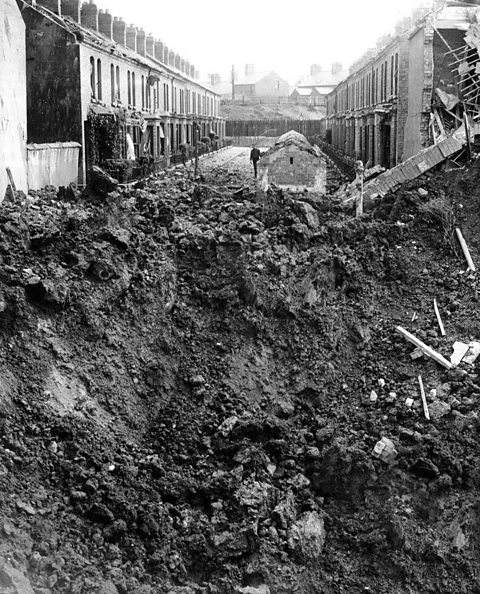
Hundreds dead
On Monday 21 April, great numbers of unclaimed dead were simply buried in mass graves at the City and Milltown cemeteries.
Official figures would later record 745 dead. The actual number was at least 900 т the largest number lost in the UK outside London in a single air raid.
Panic and chaos ensued. The city suffered from widespread looting, while tens of thousands of people poured out to the countryside or sheltered in the surrounding hills in an attempt to find safety. Some, known as тditchersт, went there night after night to sleep as they were terrified at the prospect of another raid. Six thousand people made the journey to Dublin in the hope that they would be safe there. Approximately 40 000 were homeless and had to be fed in special aid centres.

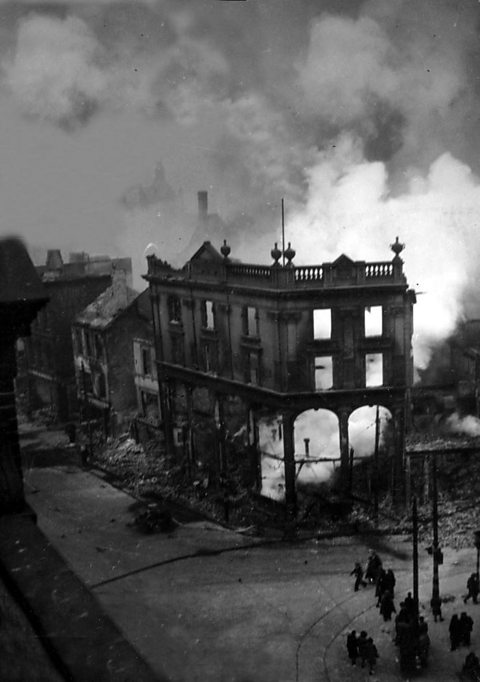
Further attacks
Some of the bombers had deliberately broken off to hit other targets in Northern Ireland. The aerodrome at Newtownards and the River Foyle were both deliberately hit. A residential area in Bangor was bombed, killing five people in Ashley Street.
There would be two more raids on Belfast. On 4 May the Belfast Shipyards were the target of 96 000 incendiaries and about 90% of production was disrupted for over a month. This raid was more accurate in terms of strategic objectives, but there were still approximately 150 deaths. Whole rows of the tiny buildings that housed shipyard workers, like those in Dee Street, were completely demolished.
The next night, several German bombers broke off from an attack on the docks at the River Clyde. They returned to a Belfast still ablaze from the night before, causing another 40 deaths.
This was the last time that German bombs would drop on Belfast, but in a four week period the Luftwaffe had left behind a wave of destruction and scenes of horror that the local population would never forget.

More on The Belfast Blitz
Find out more by working through a topic
- count3 of 4
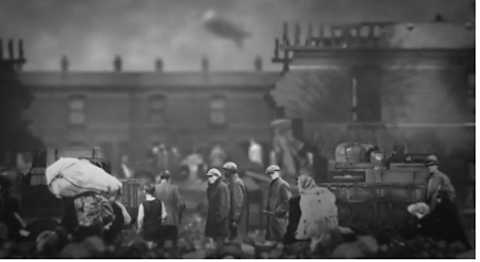
- count4 of 4
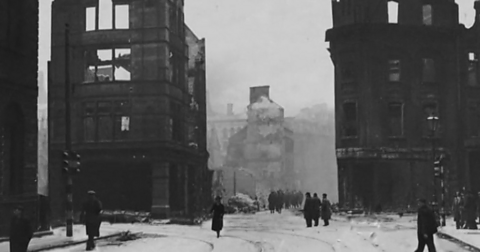
- count1 of 4
